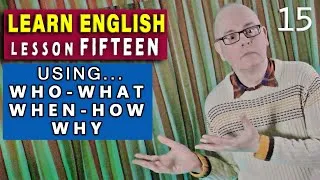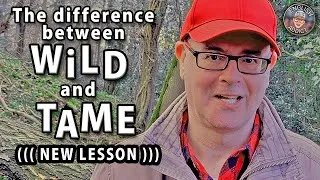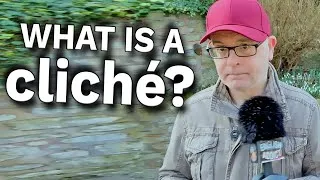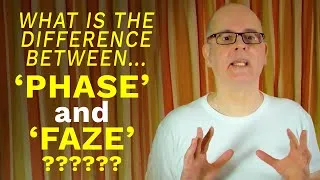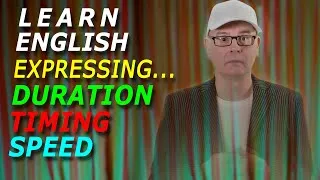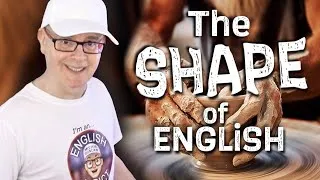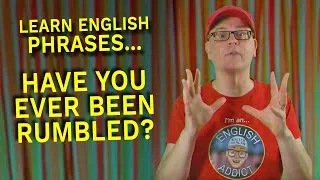English Grammar Course for Beginners Learn Basic English Grammar with Esther
1,016,421 views ・ 2021-10-12
Este vídeo não tem legendas. Quando as legendas forem criadas no futuro, elas serão publicadas nesta página.
New videos
Original video on YouTube.com
Este site apresentará a você vídeos do YouTube que são úteis para o aprendizado do inglês. Você verá aulas de inglês ministradas por professores de primeira linha de todo o mundo. Clique duas vezes nas legendas em inglês exibidas em cada página de vídeo para reproduzir o vídeo a partir daí. As legendas rolarão em sincronia com a reprodução do vídeo. Se você tiver algum comentário ou solicitação, por favor, entre em contato conosco usando este formulário de contato.
